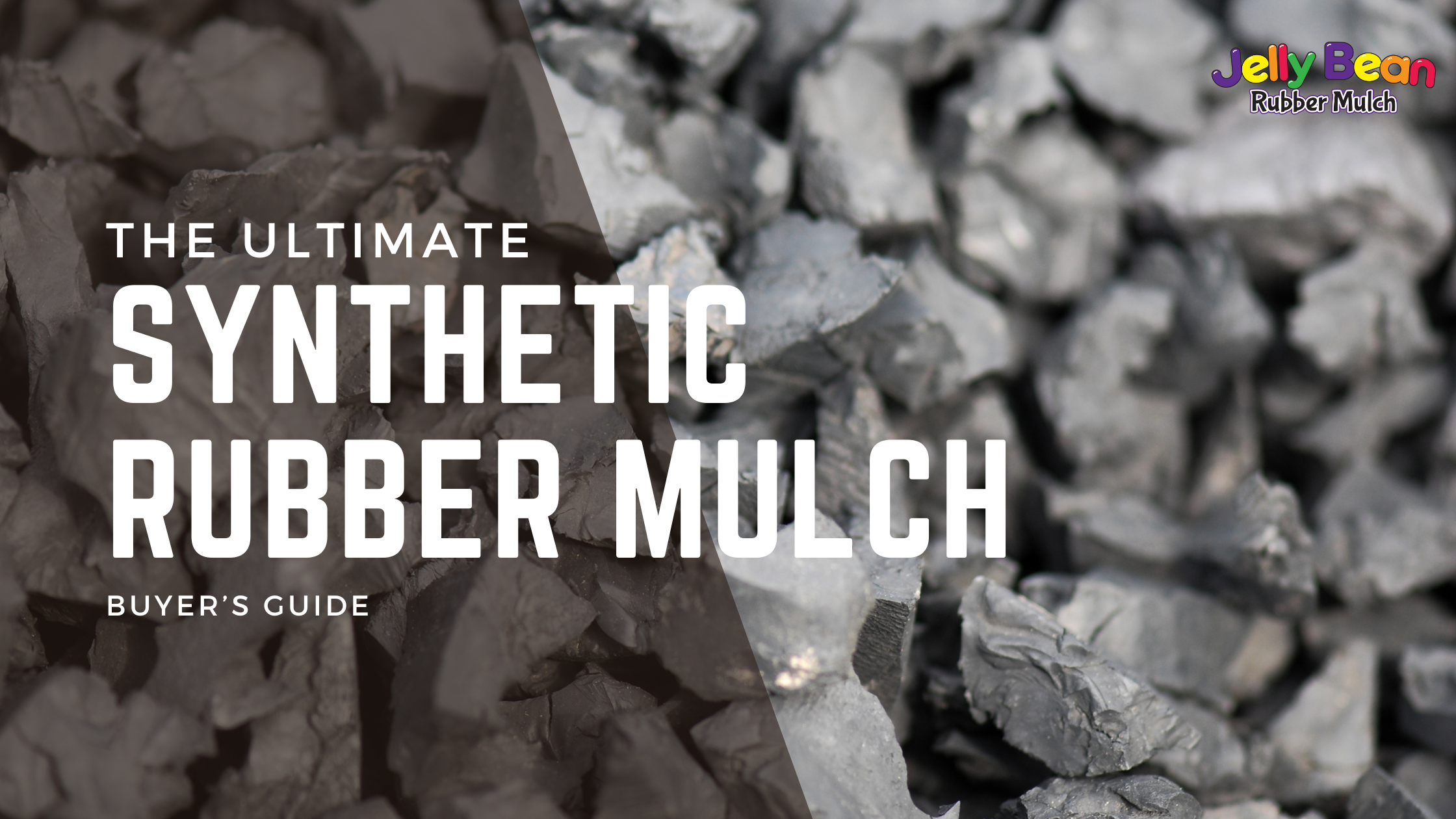
1. Introduction to Synthetic Mulch
Manmade mulch has revolutionized playground safety and gardening practices, offering many benefits including efficient long-lasting solutions for everything from weed control to playground safety, and much more.
Proponents of rubber mulch rave about the longlasting nature of the product, and vibrant colors. Detractors often cite issues like steel wire and cord in the product ,as well as smell and flammability.
All of this pondering leads to many questions surrounding rubber mulch, like, how does it absorb water?
Will synthetic mulch attract termites?
Does it easily blow away?
Can it be put on flower beds and keep the tender seedlings healthy?
Will it cause rodent infestation?
We’re going to cover all these questions above and more in this deep dive.
The topic of synthetic rubber mulch is a big one.
To best tackle it, we are going to look at this popular attractive product in-depth to better understand what customer it is typically best suited for, and which other products people might want to to stock up on, like more natural like wood mulch.
We’ve broken this post up into a total of 15 different sections for ease of use.
2. Three Types of Synthetic Landscape Mulch
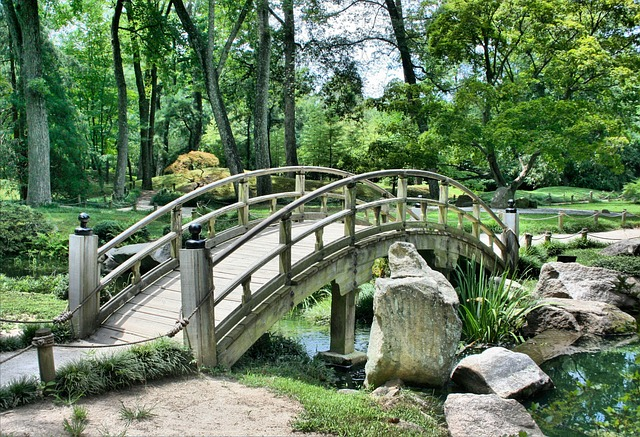
a. Ground Rubber Mulch AKA Landscape Rubber Mulch
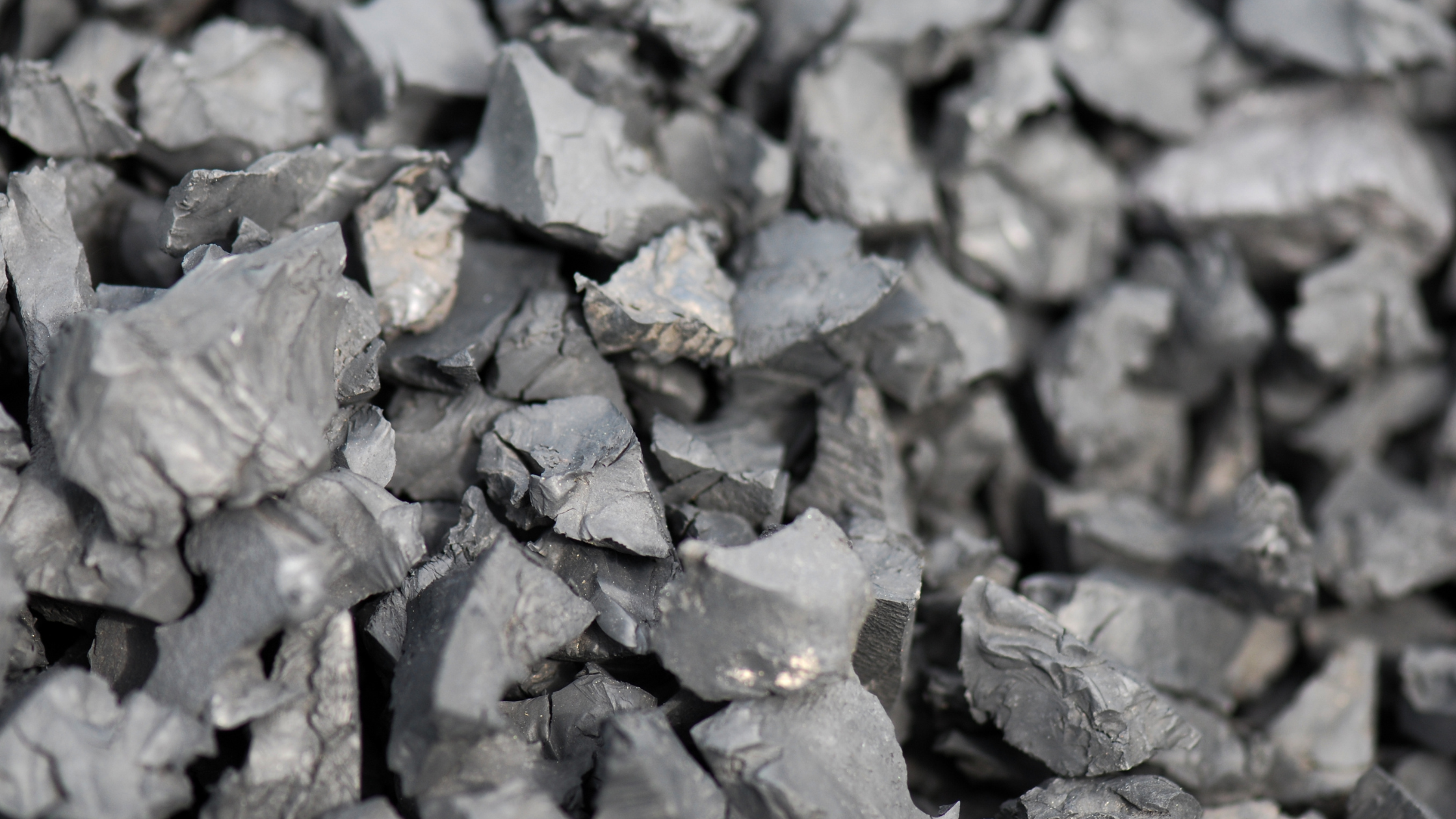
-
Derived from recycled rubber tires, ground rubber mulch repurposes old materials.
-
Widely used in playgrounds due to its soft landing surface.
-
Pros:
-
Insect-Free: Unlike organic mulch causing bug and rodent infestation, it doesn’t attract insects like termites.
-
Eco-Friendly: Reduces landfill waste of old slow-degrading tires.
-
Safety Surface: Will help soften falls on the playground.
-
Less animal issues: Creepy things are less likely to want to eat and/or live in rubber mulch over the wooden type.
-
Saves Trees: Not made of trees.
-
-
Cons:
-
Chemical Leaching: Zinc leaching (beneficial for alkaline soil but not acidic, could leave other harmful chemicals from the tires it is comprised of).
-
Black Rubber Mulch: Color is often black, or other colors that are painted over black rubber mulch.
-
Metal Content: Watch out for steel-belted tire pieces and cords.
-
Dirty: Can rub off on skin, clothing, and shoes. Looks like charcoal grey stain on skin, clothes and shoes.
-
Unknown Origin of Recycled Tires: Made from old tires often of unknown origin, though sometimes they can tell you truck tires vs car.
-
Smell: Often carries a toxic odor that unsurprisingly resembles that of a tire.
-
b. Landscape Glass Mulch
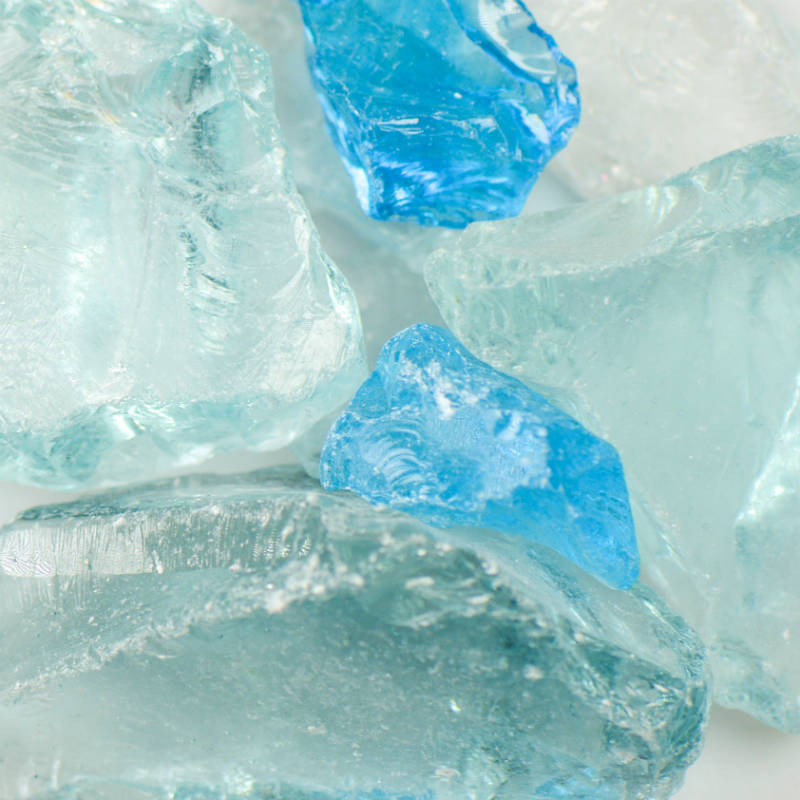
-
Made from recycled glass, landscape glass mulch adds a modern touch.
-
Reflects light, creating a bright garden aesthetic.
-
Rare – not seen as much in gardens as wood or rubber alternatives.
-
Pros:
-
Environmentally Friendly: No chemical concerns or allergens like wood mulch.
-
Aesthetic Appeal: Unique visual effect over wood mulch.
-
Eco-friendly: Will not degrade or decompose.
-
-
Cons:
-
Maintenance: Fallen leaves and petals are visible on top of it.
-
Not Playground Safe: Only suitable for sustainable landscaping, could cut skin, or potentially hurt critters perching on it.
-
Costly: Can carry a higher cost than rubber mulch. At the time of writing this the cost for a 50lb bag of glass mulch from American Specialty Glass is $2.14 per pound versus a bag of Scott’s Nature Scapes wood mulch at .10 cents per pound.
-
c. Virgin Rubber Mulch

When it comes to virgin sustainable rubber mulch we are deeply invested in the cause, with over a decade of experience manufacturing and selling the product directly to parks, schools, churches, and daycares.
-
Virgin rubber mulch is often made from medical-grade rubber – provides great cushion underfoot.
-
Sustainable virgin rubber mulch makes a great alternative to wood mulch to put under playground equipment.
-
Rubber mulch safe for kids to play atop of as well.
-
Landscape rubber mulch that is non-toxic offers a variety of benefits – including less weed growth, storms reduces bug habitat – since they have no where to nest like in wood mulch crevices, all while allowing water to pass through to the ground.
-
Landscape rubber mulch does not decompose like wood mulch, and the material carries little-to-no odor.
-
Pros:
-
Cost-Effective: Less money compared to pour-in-place surfaces on playgrounds.
-
Weed Control: Effective at preventing weed growth. Will not decompose or grow mold in rain.
-
No Stain: Rubber mulch stain clothes no more with this product
-
Long Lasting: Lasts longer than traditional wood mulch.
-
Origin Known: Easily traced to a US-based factory – easy to track compared to recycled tire rubber.
-
Top Fall Safety: Holds the highest playground fall safety rating available.
-
Stays Put: Rubber granules stay put, even the heaviest rain won’t move them.
-
Low-To-No Odor: Very little odor associated with the product.
-
Keeps Pests Away: The environment is easy to keep pest-free compared to wood chips.
-
-
Cons:
-
Water Runoff: Reduced water penetration under the material.
-
Cost: Wood mulch offers a lower price point for the coverage area of the material.
-
Shipping: Often comes by the pallet – may be too much for the average homeowner.
-
Flammable: All rubber mulch, being comprised of rubber, is flammable.
-
Color: That perfect brown or black color is typically hard to get with non-toxic rubber mulch due to factory limitations in what is being recycled. Though brown and black color tones do exist in the product, just more faded and less sharp than the chopped-up tire version.
-
3. Choosing the Synthetic Mulch
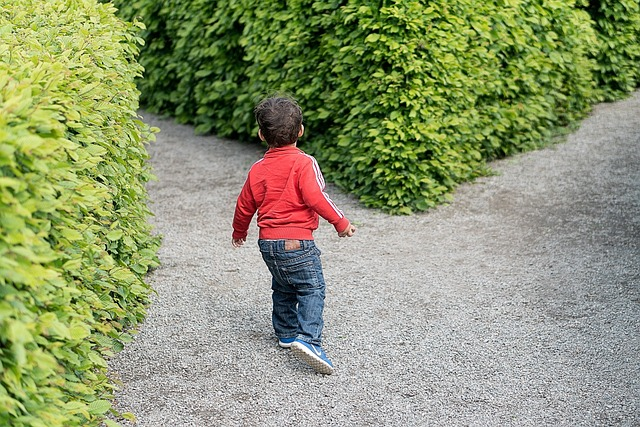
-
Consider aesthetics, maintenance preferences, and environmental impact.
-
Ground rubber mulch for play areas instead of sand or dirt that might easily wash away, and landscape glass mulch for elegance in the garden.
-
Playgrounds are a great place to put non-toxic rubber mulch without the fear of mold, landscaping maintenance costs piling up, or seeing the product quickly decompose.
-
Cost: How much money will you spend on rubber mulch? The cost depends on the size of your project and the depth of the mulch you desire. You can use a rubber mulch calculator or get a quote from us directly to find out how much rubber mulch makes sense for your project.
4. Installation Tips
-
Start with using a rubber mulch calculator to come up with exactly how much rubber mulch you will need. It’s much easier to ship a pallet or more of rubber mulch at one time, than to have to order multiple times, set up multiple rubber mulch delivery windows, and so forth.
-
Properly prepare the soil before laying synthetic mulch on the ground or grass.
-
Installation of playground rubber mulch should take two to three people a day or two.
-
Ensure consistent coverage and avoid gaps or areas of grass patches.
-
Use landscape fabric or plastic sheeting as a base layer to avoid insects.
5. Maintenance Guidelines for Synthetic Mulch

-
Regularly inspect for wear, tear, and fading of the landscape rubber mulch.
-
Remove debris and fallen leaves and other organic materials promptly from crumb rubber.
-
Reapply as needed to maintain thickness, this should be less often than natural mulch.
-
Keep an eye out for organic material such as dirt, leaves, carpenter ants, and general debris.
-
We’ve seen a lot and have a detailed frequently asked questions page you might want to review.
6. Environmental Impact of Synthetic Mulch

The question of environmentally sound practices is often answered subjectively when it comes to rubber mulch.
Some think all recycling is good, like putting chopped up tires on playgrounds, gardens, and even school tracks.
Others feel that rubber from vehicles will leach chemicals and cause issues worse than simply landfilling it.
Our take is to educate and allow people to do their homework, and see the documented dangers of rubber tire mulch firsthand. Municipalities have banned it.
Parents have insisted on its removal time and time again, and scientists have found it to be potentially toxic. Our question is, why risk it? This is why virgin rubber mulch exists – to provide a sustainable, recycled product without toxins or odors.
7. Case Studies on Synthetic Rubber Mulch
 Here are some case studies on rubber mulch to check out:
Here are some case studies on rubber mulch to check out:8. DIY Synthetic Mulch Tips

If you have safety tiles laying around, cut them up into pieces and use them for virgin rubber mulch.
9. Expert Takes on Synthetic Mulch
Here we look at our founder talking about the dangers of rubber tire mulch from an article in Playground Professionals Magazine several years ago.
10. Rethinking The Environmental Safety of Rubber Tire Mulch
What about the environment when it comes to synthetic mulch? We look at the implications for consideration when it comes to recycled tires being used on playgrounds and in garden beds.
11. User Experiences with Landscape Rubber Mulch
-
Here we have a great video from about wood mulch versus rubber mulch and two big lies that are told relating to wood mulch. Jeff shows pictures and video clips of his experience with the claims made about wood mulch, versus his positive experience with rubber mulch despite the product’s lack of organic nutrients.
Jeff covers what happens when the rain comes – the great wood mulch wash – as in it goes away, and landscaping issues that come with piling up the wood mulch with many feet of product as a top-off over and over again.
12. Future Trends for Rubber Mulch
-
Predictions for the evolution of rubber mulch include new non-toxic safety surfaces. These products are not made out of recycled tires, but rather clean virgin rubber will be used a variety of applications from swing mats and indoor playground fall safety surface swing and slide rubber mats to turf, landscaping rubber mulch, and even running tracks.
-
Research on emerging materials and technologies.
13. Safety Considerations
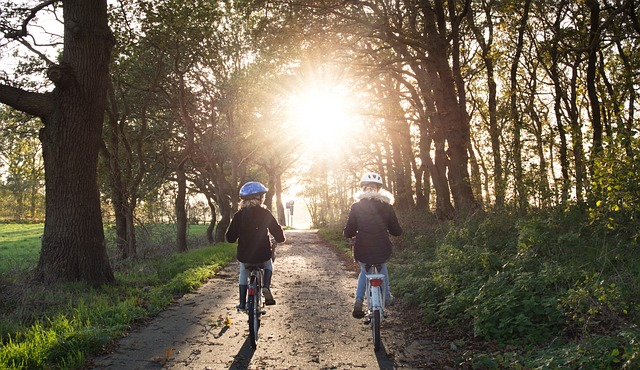
-
Guidelines for handling and disposing of rubber mulch vary greatly, but it is important to think about how many feet of rubber mulch you are going to put on the landscaping environment, and what tools you would need to cover the area.
-
Safety precautions for children and pets.
14. Beyond the Garden: Creative Uses for Landscape Rubber Mulch
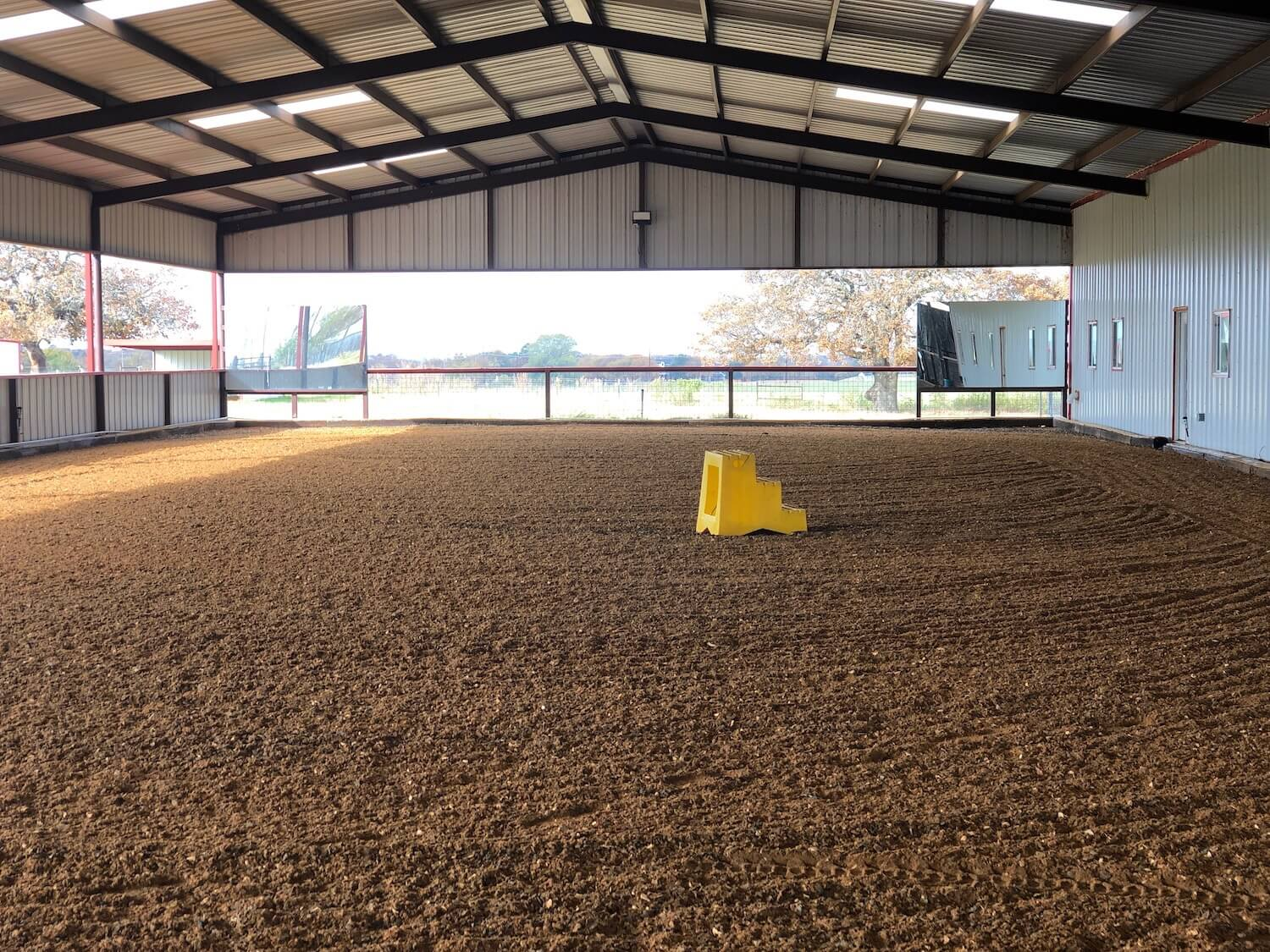
Rubber mulch is surprisingly a popular surface for dog parks, doggy daycares, and even horses.

The Equibeans Jelly Bean equine product is proof positive horse stable owners want the product under their beloved animal’s hoofs.
15. Conclusion
Remember, rubber mulch isn’t just about aesthetics—it’s a sustainable choice that impacts both your garden and the environment.
Customers and manufacturers alike are still plotting the future of this popular product with an eye toward use, sustainability, safety, and longevity.
What can seem like a good idea to start, can turn costly if not properly researched in advance.
Hopefully this post has provided some guidance to help steer your choice in synthetic mulch.
Happy mulching! 🌿🌎

